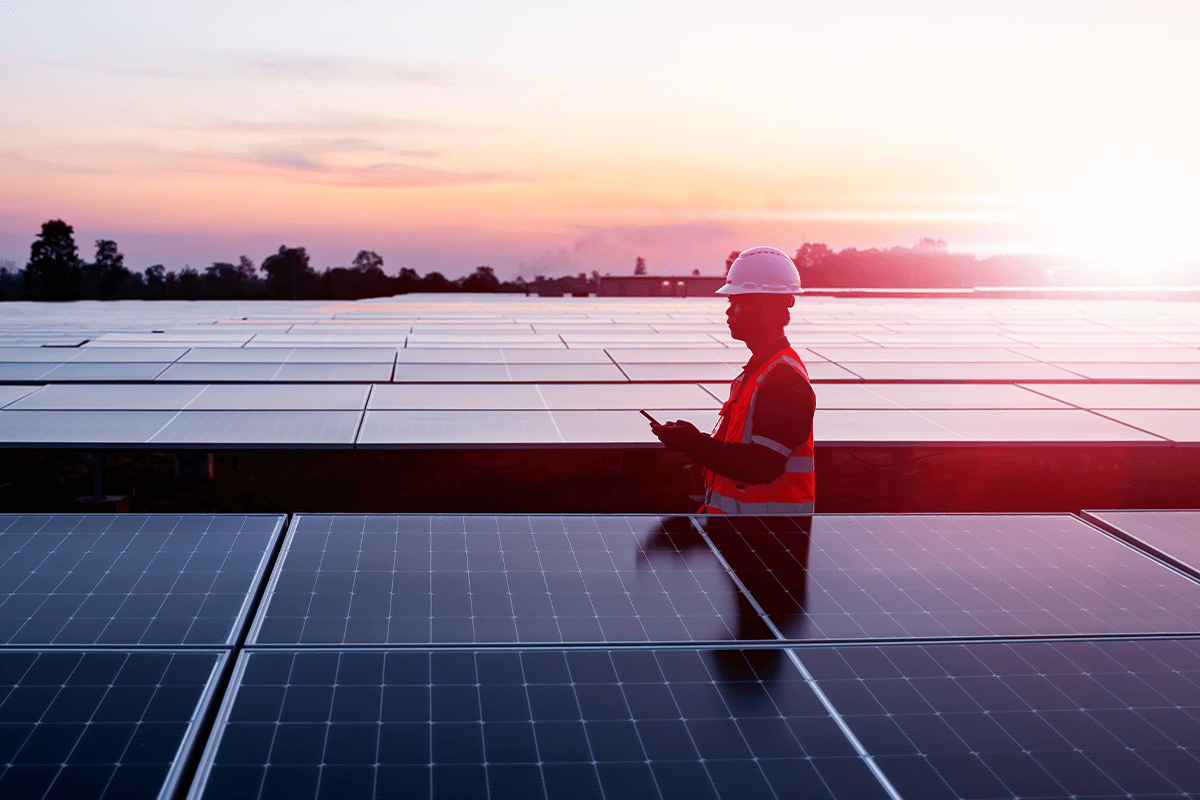Development Engineering Explained

This post was written by Josh Weiner, Solar Expert Witness & Solar Product Development Expert. Mr. Weiner has been at the forefront of the solar industry for over 20 years and is an industry leader on solar engineering product and project development, policy, law, planning, codes and standards, and technology.
 Highlights
Highlights
There’s no real way to sugarcoat this, so we’ll just come out and say it. Development is a risky process. It involves a great deal of discovery, analysis, and risk-adjusted decision making. As a result, if you don’t consider the right details at the right time, it could lead to serious cost and time overages, or lingering and long-term liabilities.
Because development is the first phase in the project lifecycle, doing a thorough job is essential for mitigating the “snowball effect.” Without the foundation of strong development engineering, you could be faced with expensive and stressful problems down the line. This can potentially put your project’s planning, execution, and asset operations phases at undue risk.
We don’t want you to experience the pain of poor planning, gaps in due diligence, or the stress of missing pertinent details, so we put this blog together to familiarize you with how SepiSolar approaches the development engineering process. If you agree with what you read here and you’re starting a new project, be sure to contact us for a consultation.
Development Engineering vs Development Project?
Here’s how we see it. All projects require three things: a seller, a buyer, and a transaction. With renewable energy projects, we typically call these three things a site, an offtaker, and a Power Purchase Agreement (PPA) respectively. Each of these follow different timelines and cost streams that require their own due diligence and set of controls. Development engineering is the work involved for discovering, analyzing, and supporting decision-making around these due diligences and controls to create a new project.
How Does Sepi’s Development Engineering Process Work, and What Work Products are Included?
Work Product #1: Fatal Flaw Analysis
(Hint: think of this like a 0% analysis)
Initially, our goal is to kill the project. Why? Because more development projects fail than succeed.
Believe it or not, there are many ways for a project to fail, but only a small handful of ways for it to succeed. Therefore, if a project is going to fail, our goal is to identify the failure as quicky as possible. This is what we call the fatal flaw analysis. It’s when we try to find out if we should move forward, or if we should just “lose fast.” If the project fails the fatal flaw analysis, it allows us to stop spending money on due diligence and redirect those funds toward more fruitful projects.
We promise – nothing is more painful than discovering a fatal flaw too late in the process. When this happens, all the work completed up to that point is essentially wasted. Differentiating between failure and success may not be immediately obvious, but it’s critical for reaching the final work product.
To help us reach our conclusion, we ask questions like:
Site
- What is required for site control and/or exclusivity?
- Is it buildable?
- Is it accessible?
- What are the land use restrictions or easements?
- What are the applicable Authority Having Jurisdiction (AHJ) regulatory requirements?
- What are the utility’s requirements, costs, and timelines?
- What are the project economics?
Offtaker
- What is their credit worthiness?
- What is the project pricing, and is it competitive?
PPA
- What are the liabilities, warranties, and guarantees?
- How bankable is it?
- What is the scope, schedule, and value?
- How is ownership and title treated?
- What risks and obligations are each party accountable for?
- What incentives (federal, state, and local) or other benefits apply, and how are those treated?
If you’re wondering what constitutes a bad project, it usually involves an unchangeable condition that prevents the project from being as successful as we’d like it to be. The fatal flaw analysis goes hand in hand with the feasibility analysis as far as the things we’ll need to consider, but like we mentioned, a fatal flaw will indicate that you shouldn’t proceed.
Some common fatal flaws include permitting issues, geological concerns, unfavorable market conditions, unreasonable costs, among others. At the end of the day, we’ll make sure that proceeding with the project is a sound idea.
Work Product #2: Critical Path Analysis
(Hint: think of this like a 30% analysis)
Congratulations! More than 35% of the projects we look at fail by the time they reach this point. If your project has made it this far, it means it’ll take a higher degree of scrutiny to uncover any potential failures.
Now, we’re asking ourselves if there any hidden “gotchas” that could present more risk or cost than the project owner can tolerate. To answer this question, we’ll need to get deep into the project details to understand any latent failures that may exist. This is what we call a critical path analysis.
Naturally, we don’t want to spend all the development funds on every detail of the potential project. So instead, we only focus on the key barriers that might prevent the project from achieving its critical paths. If those paths check out, then the project is worth investing more resources into.
It’s also important to note the importance of the feasibility analysis during this phase, which should consider the following:
- AHJ: An AHJ is part of the city government, and it’s responsible for enforcing regulatory standards and approving the materials and installation required for your project. We’ll set up a meeting with regulators to make sure what we’re designing and building can be cleared. If clearance doesn’t happen, we’ll need to understand what obstacles must be overcome.
- Interconnect Requirements: We’ll also want to ensure the project can be connected to the local utility grid infrastructure. To check on this, we’ll submit pre-applications to the electric company and investigate the interconnection capacity.
- Cost Analysis: This part is obvious, but it’s important to get a sense of the costs for all areas of construction. This will generally include materials, equipment, and labor costs.
- Revenue Analysis: There are two main types of revenue analysis to be aware of – FTM and BTM. FTM, or Front-of-the-Meter, is largely a discovery process. FTM revenue often involves complex analyses and varying levels of volatility, depending on the market participation. BTM, or Behind-the-Meter, revenue is more straight forward. BTM revenue involves calculating the avoided costs of paying the utility company for power.
- Incentives: There are incentives all over the place, including depreciation, tax abatements, electrification incentives, agricultural, health, education, and so many more. For that reason, it helps to have a broad understanding of these incentives, both at the federal and local level. Usually, local incentives are administered by a utility company, the state, a township, or a community program.
- Economic Analysis: This is the point where we’ll take everything we learned about cost, revenue, and incentives and combine them into an indicative pro forma — or a projection of future revenue and expenses. This will gauge the expected Return on Investment (ROI), Net Present Value (NPV), and Internal Rate of Return (IRR).
- Concept Analysis: This provides a basis for discussion on all the above topics, and it helps visualize the project for all stakeholders.
Work Product #3: Cost Engineering & Constructability
(Hint: think of this like a 60% analysis)
At this point, we’ve determined that this project is more likely to succeed than to fail. We’ve evaluated the critical paths, we’ve identified the risks and benefits, and we’ve agreed that it’s worth quantifying the remaining risks. This part of the process is what gives us clarity on where the project stands commercially, economically, and technically before any binding agreements are put into place.
Now, instead of trying to “fail” the project, we’re rooting for its success. We’re solving problems, reducing and estimating costs, verifying means and methods with licensed contractors and experts, and putting risk mitigation plans into place.
The end result of this work is a full concept design with civil, electrical, interconnection, environmental, and architectural considerations. All of this can be shared with stakeholders to gain their approvals, put executed agreements into place, and start the initiation and planning phases of the final project.
Work Product #4: Contract Negotiations & Applications
(Hint: think of this like a 90% analysis)
Now, we’ve officially settled on a final project cost, revenue, NPV, IRR, and ROI. We understand the regulatory landscape, time, and cost involved. The landowner, offtaker, and any third-party financiers are all on-board.
This is when we’ll call the attorneys and begin executing agreements. During this stage, SepiSolar is largely focused on submitting and processing the two most significant critical paths in any project – the AHJ and the utility company.
We’ll submit the interconnection application and permit application, and we’ll negotiate with the various parties involved, including utility engineers and project managers, zoning and planning departments, building and safety, fire, and more. This allows us to maintain costs, revenues, schedule, and scope. We’ll also support any contract review and negotiation processes with all involved parties, including suppliers.
Work Product #5: Approvals
(Hint: think of this like a 100% analysis)
This is largely an administrative stage that closes out the development stage of the project. After negotiating and working through the contracts and applications, we’ll package all project data, analysis, executed agreements, and final documents and turn them over to the project executive, board, and/or project manager for the planning and execution phases of the project.
This also includes executing on the agreements and purchase orders, as well as maintaining regular communication with key team members. In addition, people will be assigned to support roles for future planning and operations, and for ongoing performance engineering, contract disputes, and warranty claims.
Luckily, SepiSolar has a tried-and-true process for managing the development process. We’ll help you understand and assess risk, and we’ll consult with you on how to approach your project in a way that’s cost and time effective. Contact us to discover how we can help kill the bad projects and support the successful ones.


